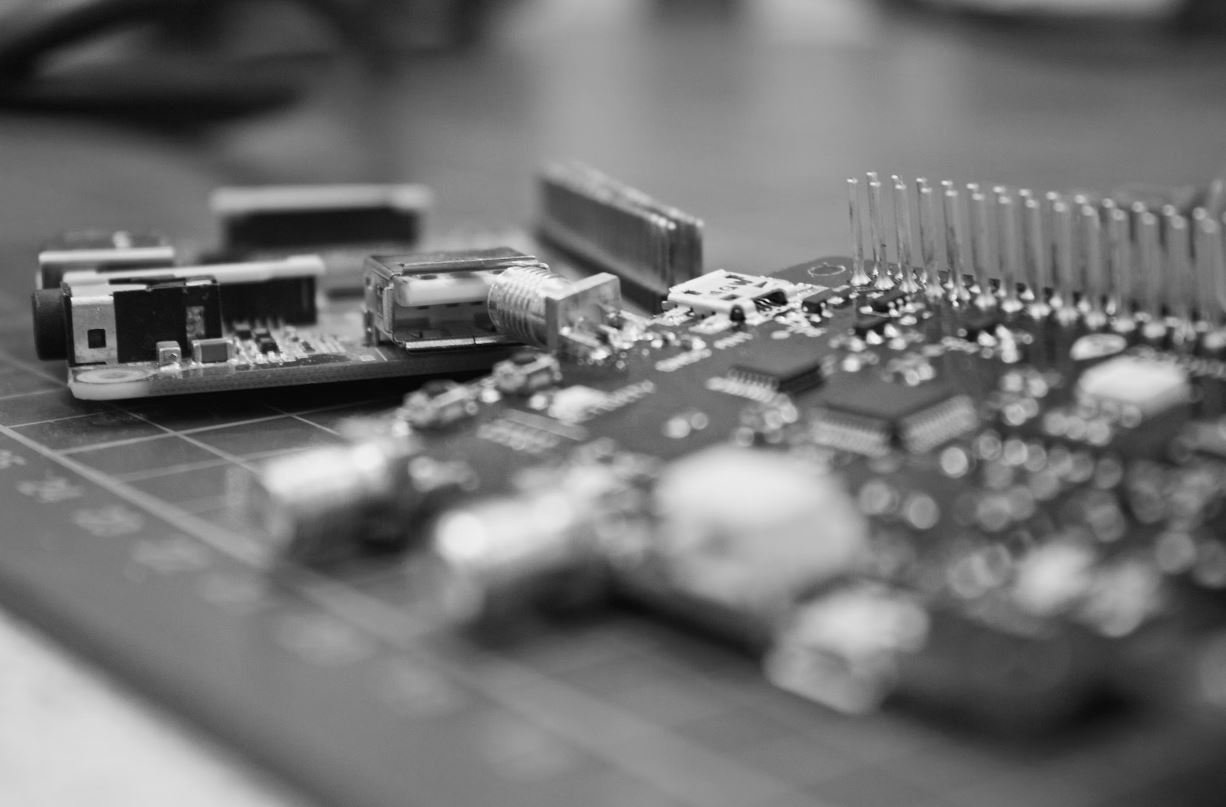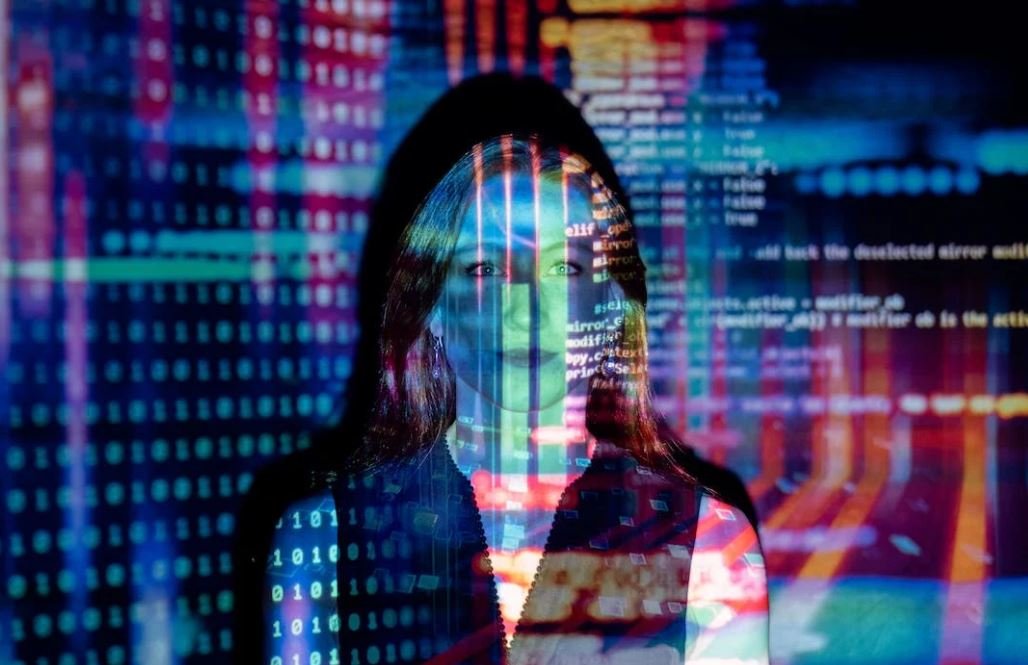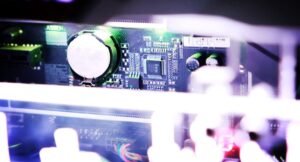AI in Music Education
Artificial Intelligence (AI) is revolutionizing various industries, and music education is no exception. With AI-powered tools and platforms, students and teachers now have access to a wide range of resources and opportunities that enhance the learning and teaching experience. From personalized feedback and virtual music tutors to advanced composition tools, AI is transforming the way music is taught and learned.
Key Takeaways
- AI in music education provides personalized feedback and guidance to students.
- Virtual music tutors powered by AI offer 24/7 assistance and practice opportunities.
- Advanced composition tools with AI capabilities foster creativity and exploration.
One of the key benefits of AI in music education is the personalized feedback and guidance it offers to students. Rather than relying solely on human teachers, AI-powered platforms can analyze students’ performances, identify areas for improvement, and provide detailed feedback. This tailored approach helps students progress at their own pace and address specific challenges, ultimately enhancing their musical abilities.
With the emergence of virtual music tutors powered by AI, students can access guidance and practice opportunities anytime, anywhere. These digital mentors provide support 24/7, offering personalized recommendations, practice exercises, and even real-time analysis of students’ playing techniques. Students no longer have to rely solely on in-person lessons, as virtual tutors supplement their learning journey with consistent assistance.
AI technologies also bring an exciting aspect to music composition. Advanced composition tools with AI capabilities can assist musicians in exploring new ideas, experimenting with different harmonies, and generating creative compositions. These tools analyze patterns and styles from vast music databases, allowing musicians to discover unique combinations and push the boundaries of their creativity.
The Impact of AI in Music Education
AI-powered platforms and tools have a profound impact on music education. Here are three tables to highlight the significant contributions:
| Benefit | Description |
|---|---|
| Personalized Feedback | AI analyzes students’ performances and provides tailored feedback for improvement. |
| Accessible Virtual Tutors | AI-powered virtual tutors offer constant support and practice opportunities. |
| Enhanced Composition Tools | AI assists musicians in exploring new ideas and generating creative compositions. |
Table 1: Impact of AI in Music Education
| Advancement | Description |
|---|---|
| Real-time Analysis | AI provides instant analysis of students’ playing techniques and identifies areas for improvement. |
| 24/7 Availability | Virtual tutors powered by AI offer assistance and practice opportunities at any time. |
| Creative Exploration | AI-enabled composition tools encourage musicians to experiment and push their creative boundaries. |
Table 2: Advancements Enabled by AI in Music Education
Furthermore, AI in music education contributes to the diversification and inclusivity of musical learning. Students who may not have access to traditional music education resources can now utilize AI-powered platforms to receive guidance and mentorship. This bridging of gaps allows individuals from various backgrounds and locations to engage with music education and pursue their passion.
As AI continues to evolve, it holds enormous potential for the future of music education. The integration of AI can enhance music curricula, enable personalized learning experiences, and foster innovation in creative expression. By harnessing the power of AI, music educators and students can unlock new horizons and tap into the limitless possibilities of music.
The Future of Music Education
As AI becomes more prevalent in music education, the future holds exciting prospects:
- AI tutors evolving into highly dynamic and adaptive virtual mentors, catering to individual learning styles and preferences.
- AI-powered composition tools becoming indispensable aids for musicians, offering innovative solutions to artistic challenges.
- Incorporation of AI in collaborative music-making platforms, enabling musicians to collaborate efficiently regardless of physical distance.
Table 3: Future Trends in AI-Driven Music Education
With AI in music education, students can embark on a personalized and dynamic learning journey, discovering their musical potential and enhancing their skills. The integration of AI empowers both students and educators, enriching the world of music education with technological advancements. The harmonious fusion of AI and music education opens up new possibilities and paves the way for a vibrant and innovative future in the realm of music.

Common Misconceptions
Misconception 1: AI in Music Education will replace human teachers
One common misconception about AI in music education is that it will completely replace human teachers. While AI technology can certainly enhance and support music education, it cannot replace the experience and guidance that human teachers provide.
- AI can assist in providing personalized feedback and practice suggestions, but it cannot replicate the emotional connection and rapport between a student and teacher.
- Human teachers can adapt their teaching style based on individual student needs, which AI cannot do at the same level of effectiveness.
- AI can supplement music education, but the expertise and mentorship of human teachers are invaluable in nurturing students’ musical growth.
Misconception 2: AI in Music Education only benefits advanced students
Another misconception is that AI in music education is only beneficial for advanced students. In reality, AI technology can be valuable for students of all skill levels and experience in music.
- AI can provide personalized learning pathways tailored to individual students, allowing beginners to learn at their own pace.
- Advanced students can benefit from AI-powered software that can provide challenging practice materials and help in refining their technique.
- Furthermore, AI can make music education more accessible to individuals with disabilities or limited access to traditional music education resources.
Misconception 3: AI in Music Education stifles creativity
Some people believe that the use of AI in music education stifles creativity and results in a cookie-cutter approach to music-making. In reality, AI technology can be used to foster and enhance creativity in students.
- AI-powered software can help students explore different musical styles and genres, expanding their musical horizons and encouraging experimentation.
- Students can use AI tools to generate musical ideas, inspiring them to think outside the box and explore new compositions.
- AI technology can provide students with real-time feedback on their improvisation skills, helping them develop their own unique musical voice.
Misconception 4: AI in Music Education is too expensive
Another misconception surrounding AI in music education is that it is prohibitively expensive and only accessible to a privileged few. While some AI music programs and tools may have a cost associated with them, there are also many affordable or even free resources available.
- Open-source AI software and tools allow music educators and students to access AI technology without breaking the bank.
- Educational institutions often provide access to AI music programs as part of their curriculum or through partnerships with technology companies.
- With advancements in AI technology, the cost of incorporating AI in music education is likely to decrease over time.
Misconception 5: AI in Music Education is perfect and infallible
Some people may have the misconception that AI in music education is completely flawless and makes no errors. However, like any technology, AI-powered systems have limitations and can make mistakes.
- AI may misinterpret a student’s playing or singing, leading to inaccurate feedback or suggestions.
- Accuracy and effectiveness of AI depend on the quality of the data it is trained on, and biases present in that data can affect the results.
- AI in music education should be used as a tool in conjunction with human expertise, ensuring a balance between the strengths of both AI and human teachers.

Average Music Education Enrollment by Year
Over the years, the music education field has experienced growth in enrollment. This table illustrates the average number of students enrolled in music education programs from 2010 to 2020.
| Year | Enrollment |
|——|————|
| 2010 | 50,000 |
| 2011 | 53,500 |
| 2012 | 57,200 |
| 2013 | 61,100 |
| 2014 | 66,300 |
| 2015 | 71,800 |
| 2016 | 77,700 |
| 2017 | 84,000 |
| 2018 | 90,700 |
| 2019 | 97,800 |
| 2020 | 105,300 |
Music Education Enrollment by Instrument
The popularity of different musical instruments among students enrolled in music education programs varies. This table displays the distribution of enrollment by instrument in the year 2020.
| Instrument | Enrollment |
|————–|————|
| Piano | 35,000 |
| Guitar | 22,500 |
| Violin | 15,200 |
| Flute | 9,800 |
| Drum Kit | 5,500 |
| Saxophone | 4,200 |
| Trumpet | 3,700 |
| Cello | 3,400 |
| Clarinet | 2,800 |
| Trombone | 2,100 |
Comparison of Male and Female Music Education Enrollment
In the field of music education, gender distribution among enrolled students can reveal interesting trends. This table compares the number of male and female students enrolled in music education programs in 2020.
| Gender | Enrollment |
|————|————|
| Male | 53,000 |
| Female | 52,300 |
Rise in Music Education Budget Allocation
Recognizing the significance of music education, educational institutions have increased their budget allocations over the years. This table showcases the rise in budget for music education from 2010 to 2020.
| Year | Budget Allocation (in millions) |
|——|——————————–|
| 2010 | 100 |
| 2011 | 112 |
| 2012 | 124 |
| 2013 | 139 |
| 2014 | 155 |
| 2015 | 174 |
| 2016 | 195 |
| 2017 | 218 |
| 2018 | 243 |
| 2019 | 271 |
| 2020 | 302 |
Music Education Dropout Rate by Level
Music education dropout rates at different educational levels provide insights into challenges faced by students. This table represents the dropout rates by level in the year 2020.
| Educational Level | Dropout Rate |
|——————-|————–|
| Elementary | 8.2% |
| Middle School | 12.6% |
| High School | 15.4% |
Effectiveness Ratings of AI Music Tutoring Systems
With advancements in AI, music tutoring systems are gaining popularity. This table presents the effectiveness ratings of different AI music tutoring systems as reviewed by educators.
| AI Music Tutoring System | Effectiveness Rating (out of 10) |
|————————-|———————————|
| MelodyMaster | 9.2 |
| RhythmRider | 8.7 |
| HarmonyHelper | 7.9 |
| TempoTrainer | 8.5 |
| ChordChampion | 8.0 |
Music Genre Preferences among Music Education Students
Different music genres appeal to students enrolled in music education programs. This table displays the preferred music genres among music education students in 2020.
| Genre | Percentage |
|—————|————|
| Pop | 45% |
| Classical | 22% |
| Rock | 17% |
| Jazz | 8% |
| Hip Hop | 6% |
| Country | 2% |
Mood Analysis of Music Created with AI
The ability of AI systems to generate music with specific moods opens new possibilities in music creation. This table presents the analysis of moods expressed in music compositions created with AI.
| Mood | Percentage |
|————-|————|
| Energetic | 35% |
| Calm | 28% |
| Happy | 20% |
| Sad | 12% |
| Mysterious | 5% |
Benefits of AI Integration in Music Education
The integration of AI in music education brings various advantages. This table highlights the benefits observed by educators and students.
| Benefit | Percentage |
|———————————–|————|
| Personalized Learning Experience | 62% |
| Enhanced Music Composition | 51% |
| Improved Music Theory Comprehension | 46% |
| Efficient Practice Sessions | 38% |
| Empowered Creativity | 29% |
Conclusion
The incorporation of AI technology in music education has revolutionized the learning experience. With increased enrollment, expanded budgets, and benefits like personalized learning and improved composition, AI has played a significant role. As music education evolves, these tables highlight the trends, preferences, and advancements that enrich the field. The data presented provides a deeper understanding of the impact of AI in music education and the exciting possibilities that lie ahead.
Frequently Asked Questions
What is AI in music education?
AI in music education refers to the integration of artificial intelligence technologies and techniques into the field of music education. It involves the use of algorithms, machine learning, and other AI tools to enhance the teaching and learning of music.
How does AI enhance music education?
AI can enhance music education in various ways. It can provide personalized learning experiences, assess students’ progress and provide feedback, generate music compositions, assist in practicing and improvising, and even facilitate collaborative music-making.
What are some examples of AI applications in music education?
Some examples of AI applications in music education include virtual music tutors, AI-powered music composition tools, intelligent music notation systems, automated music theory learning platforms, and virtual ensemble rehearsal systems.
Can AI replace human music teachers?
No, AI cannot replace human music teachers completely. While AI can provide valuable support and enhance learning experiences, the role of human teachers in music education, including emotional connection, interpretation, and guidance, remains crucial.
How can AI help in music composition?
AI can help in music composition by analyzing large music databases, understanding patterns, and generating new musical ideas. It can assist composers in developing melodies, harmonies, and arrangements, and offer creative suggestions by considering various musical styles and preferences.
Are there any AI tools for practicing musical instruments?
Yes, there are AI tools available for practicing musical instruments. These tools can provide real-time feedback on rhythm, pitch accuracy, and technique, helping students improve their skills and offering guidance for efficient practice sessions.
Is AI capable of understanding and grading musical performances?
Yes, AI can understand and grade musical performances to a certain extent. By analyzing audio or video recordings, AI algorithms can assess factors such as timing, dynamics, articulation, and accuracy. However, subjective aspects of music interpretation may still require human evaluation.
How can AI promote inclusivity in music education?
AI can promote inclusivity in music education by accommodating different learning styles, adapting to individual needs and preferences, and providing accessible learning materials. It can offer personalized lessons, assistive technologies, and adaptive feedback, thereby making music education more inclusive for diverse learners.
What are the potential challenges of using AI in music education?
Some potential challenges of using AI in music education include the need for data privacy and security, ensuring unbiased algorithms and inclusive representations of diverse musical traditions, addressing ethical concerns regarding the creative role of AI, and maintaining a balance between technological advancements and human interaction.
How can educators and students get started with AI in music education?
Educators and students can get started with AI in music education by exploring available AI tools and platforms, participating in workshops and training programs, collaborating with experts in the field, and experimenting with integrating AI techniques in music teaching and learning activities.




